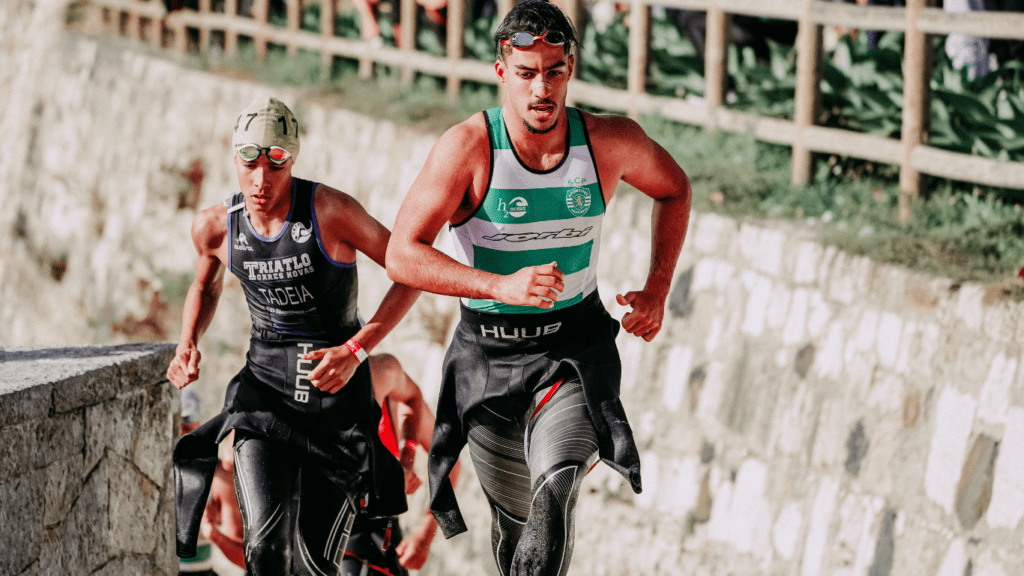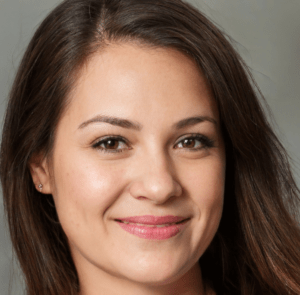Diving into the world of interval training for swimmers opens up a realm of possibilities for enhancing both speed and stamina in the water. As a swimmer myself, I’ve experienced firsthand the transformative power of incorporating intervals into my training routine. It’s not just about swimming longer; it’s about swimming smarter.
In this article, I’ll delve into the benefits of interval training for swimmers and how it can take your performance to the next level. From sprint sets to rest intervals, each aspect plays a crucial role in pushing your limits and breaking through plateaus. Whether you’re a competitive athlete or a recreational swimmer looking to improve, understanding the ins and outs of interval training is key to unlocking your full aquatic potential.
Understanding Interval Training for Swimmers
I’ve been a swimmer for years, and interval training has been a game-changer for me. Understanding how interval training works is key to boosting your speed and stamina in the water. Let’s dive into the details.
What Is Interval Training?
Interval training involves alternating between intense bursts of activity and fixed periods of rest or less intense activity. For swimmers, this means pushing yourself hard for a set distance or time, followed by a brief recovery period before repeating the cycle. It’s a structured way to increase cardiovascular fitness, build endurance, and enhance overall performance in the pool.
Benefits of Interval Training for Swimming
Interval training is incredibly effective for swimmers looking to take their performance to the next level. Some key benefits include:
- Improving Speed: By pushing your limits during high-intensity interval sets, you train your body to swim faster with greater efficiency.
- Enhancing Endurance: The structured nature of interval training allows you to gradually increase the intensity and duration of your swims, improving your overall stamina.
- Breaking Plateaus: If you’ve hit a performance plateau, incorporating interval training can help you break through and see continued progress.
- Time Efficiency: Interval training allows you to accomplish more in less time compared to traditional steady-state swimming, making it ideal for busy swimmers.
Key Interval Training Techniques

When it comes to interval training for swimmers, incorporating various techniques can significantly enhance performance and push boundaries. Here, I’ll discuss two key interval training techniques: High-Intensity Interval Training (HIIT) for Swimmers and Pyramid Sets in Swimming.
HIIT for Swimmers
In swimming, High-Intensity Interval Training (HIIT) is a popular technique that involves short bursts of intense effort followed by brief recovery periods. This method can be highly effective in improving both speed and endurance in the water. By pushing myself to swim at maximum intensity for short intervals, I can elevate my cardiovascular fitness and enhance my overall performance. Incorporating HIIT sessions into my training routine has allowed me to see substantial improvements in my speed and stamina over time.
Pyramid Sets in Swimming
Pyramid sets are another valuable interval training technique for swimmers looking to enhance their performance. This method involves gradually increasing and then decreasing the intensity or distance of each repetition, creating a pyramid-like structure in the workout. For example, I may start with a short sprint, then gradually increase the distance or intensity with each repetition before tapering back down. Pyramid sets help me challenge myself at varying levels of intensity, making them an effective way to improve speed, endurance, and overall swimming capabilities. By including pyramid sets in my training regimen, I can break through performance plateaus and continue to progress in the water.
Planning Swim Interval Training Sessions
When planning swim interval training sessions, I carefully consider the workout structure and timing to optimize my performance in the water. By incorporating effective strategies, like High-Intensity Interval Training (HIIT) and Pyramid Sets, I can ensure that my training sessions are well-rounded and goal-oriented.
Workout Structure and Timing
In my swim interval training sessions, I focus on structuring my workouts to include a mix of high-intensity intervals and recovery periods. By alternating between intense efforts and rest intervals, I can improve my speed and stamina efficiently. Additionally, I pay close attention to the timing of each interval, ensuring that I push myself during the high-intensity segments and fully recover during the rest periods. This strategic approach helps me maximize the benefits of interval training and see consistent progress in my performance.
Measuring Progress and Adjustments
To track my progress and make necessary adjustments to my swim interval training sessions, I regularly monitor key performance indicators. By keeping detailed records of my swim times, distances covered, and perceived exertion levels during intervals, I can assess my improvement over time. Based on this data, I make informed adjustments to my training plan, such as increasing the intensity of intervals, tweaking rest periods, or modifying the overall workout structure. This proactive approach allows me to continuously challenge myself and tailor my training sessions to meet my evolving fitness goals.
Expert Tips for Effective Interval Training
Advice from Swimming Coaches
When it comes to maximizing the benefits of interval training for swimmers, incorporating expert advice from seasoned swimming coaches can be invaluable. Coaches can provide personalized insights tailored to individual swimmer’s goals and abilities, ensuring that training sessions are optimized for optimal results. Their guidance on stroke technique, breathing patterns, and overall swim performance can help swimmers refine their skills and excel in the water.
Avoiding Common Mistakes
To make the most out of interval training sessions, it’s crucial to steer clear of common mistakes that can hinder progress and lead to potential injuries. One common error is overtraining, which can result in burnout and decreased performance. It’s essential to strike a balance between intense workouts and adequate rest to allow for proper recovery. Additionally, neglecting proper nutrition and hydration can impede performance and limit the benefits of interval training. Ensuring a well-rounded approach that includes healthy eating habits and staying hydrated is vital for overall success in swim interval training.


 is a seasoned fitness expert with a special focus on swimming and holistic health strategies. With years of experience as a competitive swimmer and fitness coach, Patricia offers readers a wealth of knowledge on optimizing performance and maintaining a balanced lifestyle. Her writing on Swim Fast Stay Fit reflects her commitment to empowering others with practical advice and motivational insights. Patricia’s approach integrates advanced training techniques with accessible wellness tips, aiming to help individuals achieve their personal fitness goals and enhance their overall quality of life. Through her engaging articles, Patricia inspires readers to embrace a comprehensive approach to health, combining effective exercise routines with mindful nutrition and self-care practices.
is a seasoned fitness expert with a special focus on swimming and holistic health strategies. With years of experience as a competitive swimmer and fitness coach, Patricia offers readers a wealth of knowledge on optimizing performance and maintaining a balanced lifestyle. Her writing on Swim Fast Stay Fit reflects her commitment to empowering others with practical advice and motivational insights. Patricia’s approach integrates advanced training techniques with accessible wellness tips, aiming to help individuals achieve their personal fitness goals and enhance their overall quality of life. Through her engaging articles, Patricia inspires readers to embrace a comprehensive approach to health, combining effective exercise routines with mindful nutrition and self-care practices.
